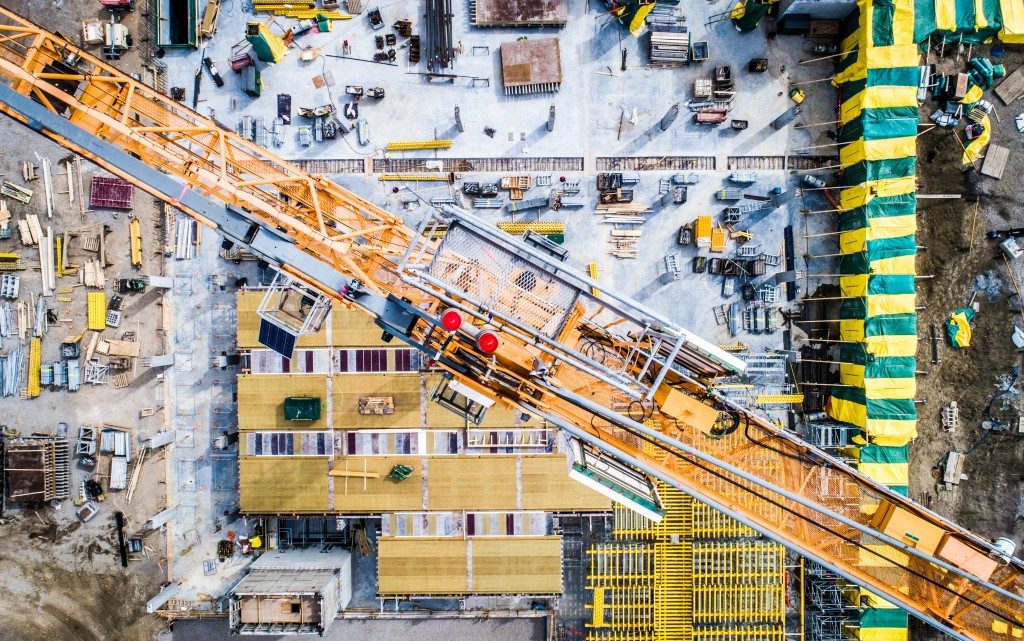Description: There was a decrease in work-related fatalities in Australia in 2017. Read more to find out what the three most common fatality causing accidents are and what we can do to help prevent them.
Accidents at work happen all the time. While many of these are not life-threatening, others are much more serious.
According to Safe Work Australia, the work-related fatality rate has decreased by 48% over the ten-year period from 2007 to 2017. In 2017, a total of 190 employees were recorded to have suffered fatal injuries at work. Of this figure, 176 were male and 14 were female.
The numbers also showed that the biggest percentage of work-related fatality happened to workers aged 55 to 64. This was followed by those who were fatally injured between the ages 45 to 54, and then those aged 35 to 44.
By jobs, machine operators and labourers ranked the highest to have the most work-related injury fatalities in 2017. The construction industry is among those that had the highest rate of work-related fatalities, above the wholesale trade industry but surprisingly below the art and recreation services industry.
Vehicle collisions
Work-related fatalities caused by vehicle collision constituted 32% of the total work-related fatalities in 2017. Heavy-duty vehicles, such as bulldozers and tractors, are prone to collision because of the limited visibility of the driver. Overturning vehicles, particularly trucks rushing to transport goods to warehouses or suppliers, is also one of the most common forms of vehicular accidents.
Getting hit by moving objects
Getting hit by moving objects at work is the second highest cause of work-related fatalities. Such accidents may cause head and neck injuries or brain concussions that increase the likelihood that the injury is fatal.
Struck-by injuries include getting hit by objects that are flying, swinging or rolling. Workers fail to see these objects coming towards them or cannot react on time. There are also many types of compression injuries, where workers are caught in or compressed by equipment or objects.
Falling from heights
Fifteen percent of work-related fatalities in 2017 were caused by falls from a height. Employees, particularly labourers, are required to work at very high heights. Workers may also fall into holes or ditches on construction sites. Workers who fell from heights may suffer from brain and spinal cord trauma, as well as organ ruptures.
How can work-related injury fatalities be prevented?

Devising a safety plan at work starts with preemptive measures. Architects and designers conduct a risk assessment of the potential worksite. They note potential accident prone areas as well as potential hazard zones. They design a work area that lowers potential risk.
Before the project begins, managers and supervisors should conduct progressive safety training and strictly implement safety protocols. They should also ensure that every worker has protective gear and PPE products are available onsite.
Another safety practice is to have visible signage in accident-prone areas and hazard zones on the construction site. There should also be a list of hazardous substances and chemicals available onsite, as well as first aid kits accessible in any section of the construction site.
Some accidents are unavoidable but the severity of such accidents can be reduced as long as necessary precautions are taken and standard safety procedures are followed in the workplace.
